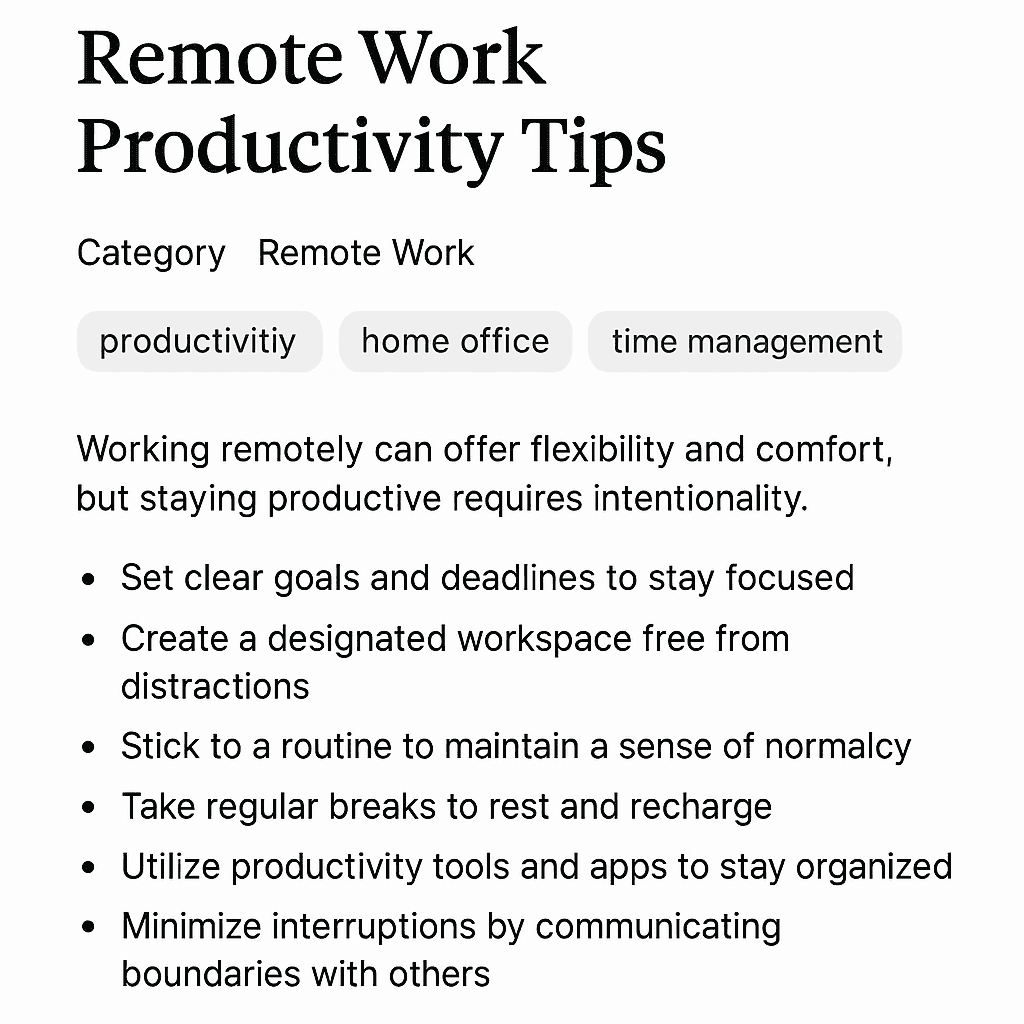Apple just dropped macOS Tahoe 26 for Mac users worldwide, marking the final major update for Intel-based machines while introducing a sweeping visual overhaul and AI-powered features that bridge the gap between iPhone and desktop computing. The update transforms how Mac users search, communicate, and interact with their devices.
Apple just made computing more seamless with the worldwide release of macOS Tahoe 26, delivering on promises made at WWDC 25 back in June. After three months of beta testing, the update is now hitting millions of Mac desktops and MacBooks, bringing with it the most significant visual transformation since the introduction of macOS Big Sur. This release carries particular significance as it marks the final major update for Intel-based Macs equipped with Apple's T2 Security Chip, effectively ending support for an entire generation of hardware while pushing users toward Apple Silicon.
The centerpiece of Tahoe 26 is Apple's new Liquid Glass design language, which transforms the Mac interface with extensive transparent effects across windows, buttons, and notifications. The menu bar becomes completely see-through, creating an illusion of larger displays while adding visual depth that feels both modern and functional. According to Apple's design documentation, these transparent elements adapt dynamically to underlying content, creating a more immersive computing experience that responds to what users are actually doing.
But the real magic happens under the hood with Apple Intelligence powering a dramatically improved Spotlight search experience. Users can now perform complex actions directly from search results - sending emails, creating notes, or adjusting system settings - without ever opening the target applications. This represents a fundamental shift in how Mac users interact with their productivity workflows, turning Spotlight into a command center rather than just a file finder.
The new Phone app might be Tahoe 26's most practically useful addition, finally bringing iPhone calling functionality to the desktop in a meaningful way. Beyond basic call routing, the app includes advanced features like Call Screening, which uses Apple Intelligence to automatically answer and filter unknown calls, and Hold Assist, which monitors hold music and alerts users when a human representative comes on the line. "We're seeing this as the next step in our ecosystem integration strategy," an spokesperson told industry analysts during a briefing last week.












